

Yolande Miousse started to raise her family in the 1970s, the decade during which more women were entering the labour market on Les Îles de la Madeleine. Yolande raised three children while working full time as nursing assistant and while attending to her duties as homemaker under conditions that were less than accommodating: maternity leave was a mere 45 days and daycare was nonexistent. A babysitter usually took over and lucky were those who could find the right person for this task. But Yolande never complained about these conditions.
In the 1940s, families were large and housekeeping was a full-time job. Only a minority of women worked outside the home. In those days, the housekeeper kneaded and baked her own bread, tended a garden, helped with potato farming and sometimes even ran a small farm.
Each house had a below-ground cellar — a cold storage room covered with earth — where food could be kept. Since people hardly went to the store, the cellar was stocked with potatoes, carrots, turnips and often a barrel of apples from the Maritimes, as well as beets, beans, mackerel, clams and all sorts of essential food supplies for the long winter months.
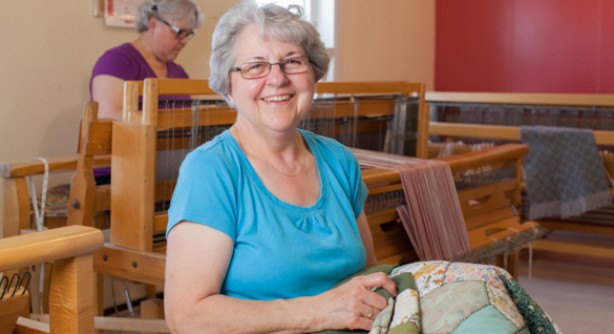
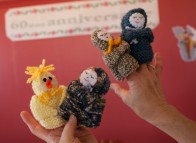
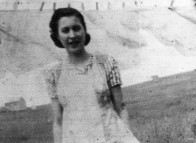
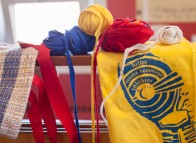
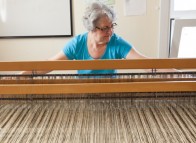
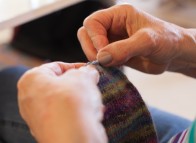
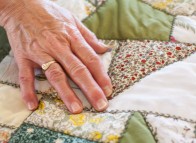
Electricity did not come to Les Îles till 1955. In the ensuing years, refrigerators and freezers gradually became common appliances in Madelinot homes. Before this advent, fish and meat were salted for preservation. Only in winter, could Madelinots enjoy fresh meat because it could be kept outside in a cupboard or an unheated building.
Island living requires that the islanders be creative in order to optimise all available resources. There was a time when boat arrivals were few and far between and, during the winter months, Les Îles were cut off from the mainland. Given their living conditions, Madelinots, by nature and out of necessity, became resourceful and manually gifted. Even today, many women retain excellent skills for sewing and various craft techniques.
Yolande has been a member of the Cercle des fermières for more than 40 years. The members of this women's club share their know-how about arts and crafts and food preparation. Yolande offers sewing, quilting and embroidery workshops so as to transmit what her grandmother and mother taught her and to keep this heritage alive.
In the old days, discarded clothing was used to fashion quilts of priceless sentimental value that perpetuate precious memories. Today, even although new material is often used, discarded clothing is still recycled. Yolande and her fellow members have recently revived an old technique to make blankets with discarded clothing.
"My aunt used to make blankets with old clothes. She called it guenille, rags. She cut up the material into narrow strips that she used for weaving. This made very nice blankets!"
- Yolande Miousse
Members of the Cercle des fermières used this time-honoured fabric recycling approach to reuse the T shirts used during the Relay for Life march organised to raise funds for cancer research. A large blanket featuring the colours of the event was woven and auctioned. The proceeds went to the cancer fund.
Fannie and Yolande continue to share their passion. Fannie now lives in a home for older persons. To keep her occupied, Yolande occasionally brings her knitting and embroidery projects. Gestures that Fannie has repeated countless times have become second nature. They provide an escape and they revive memories of bygone times when things were a lot different.